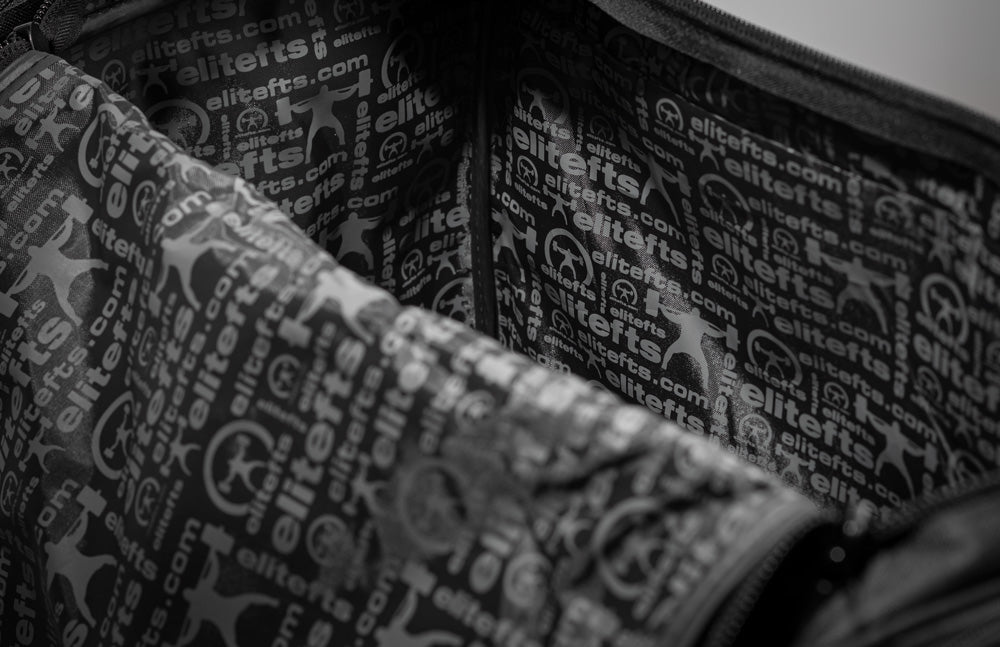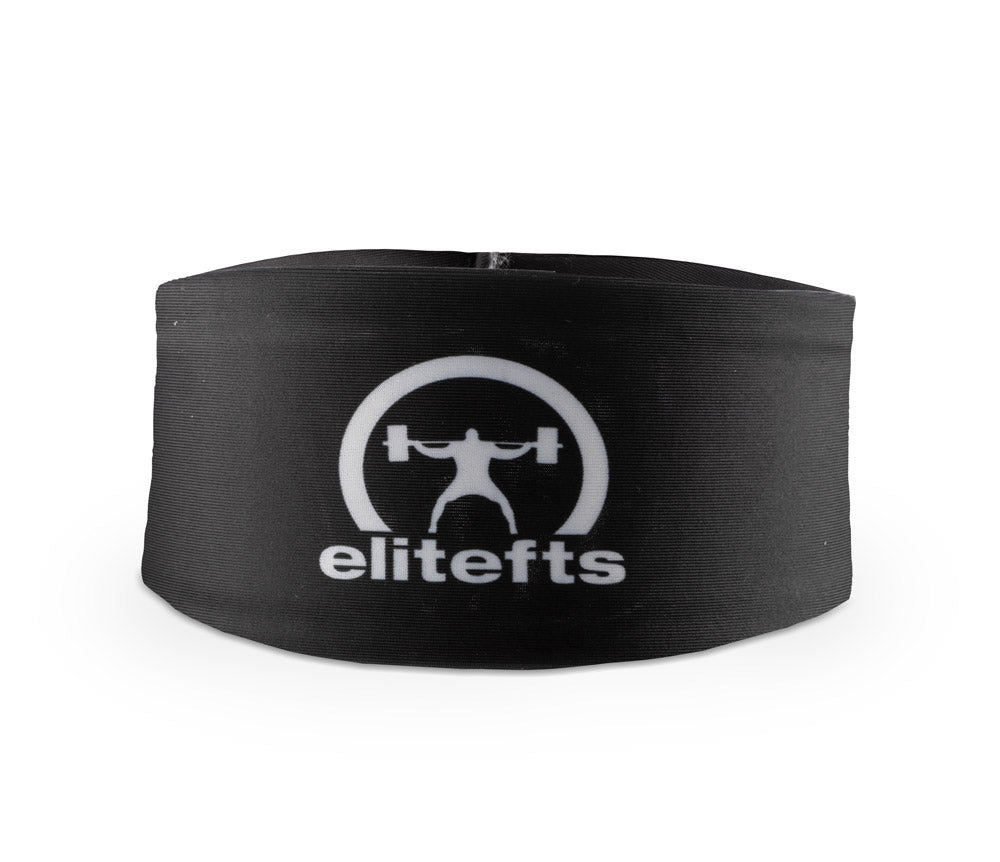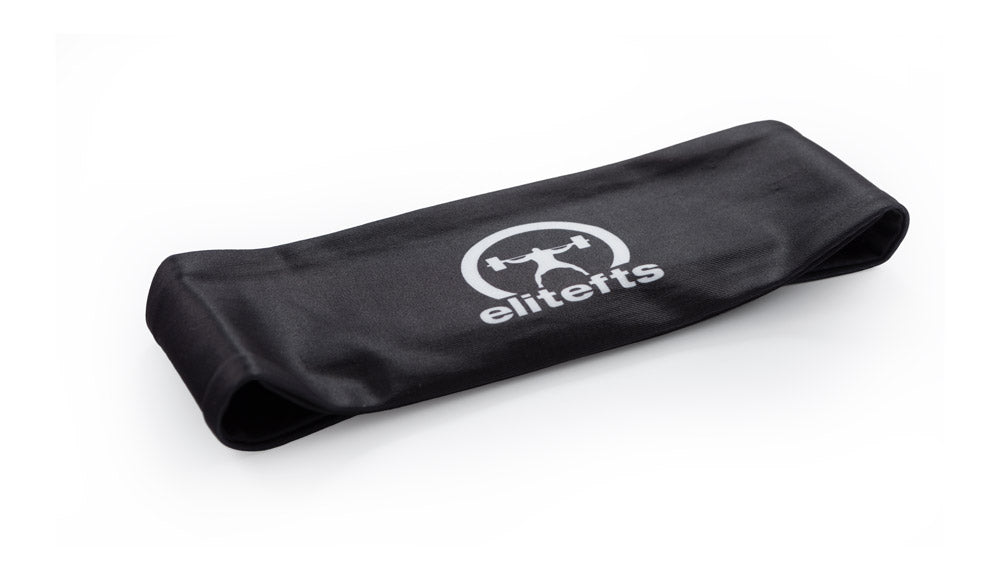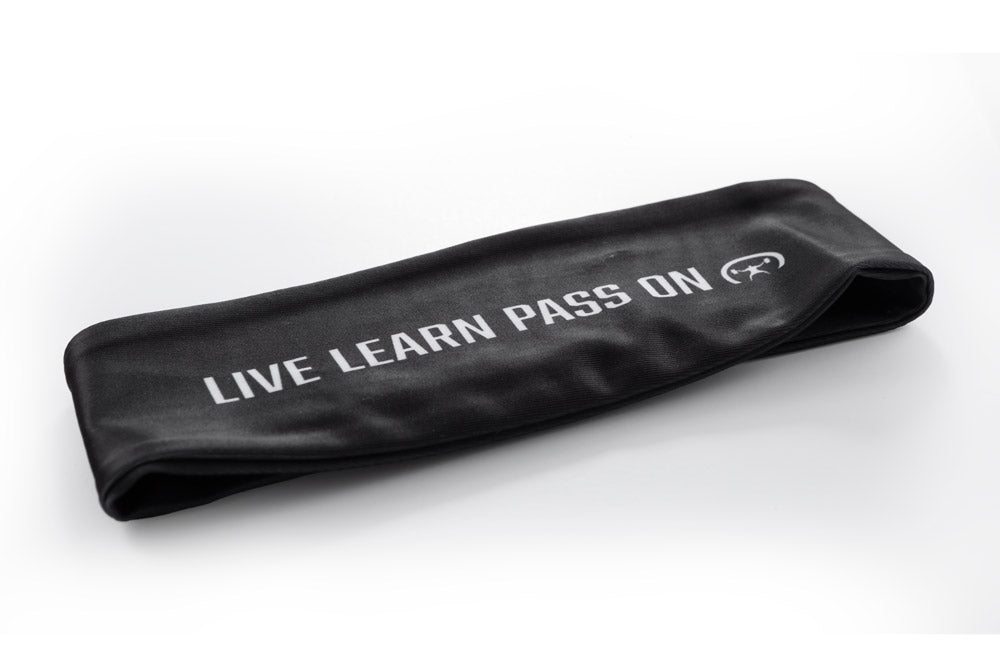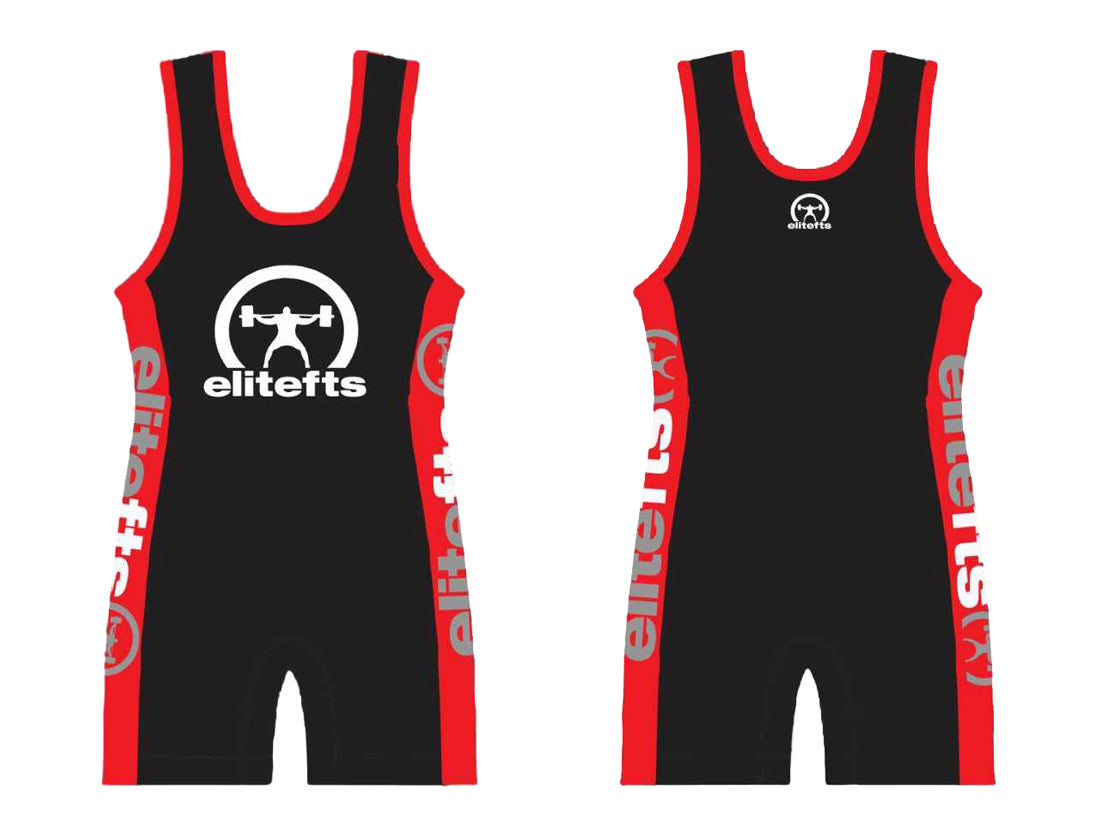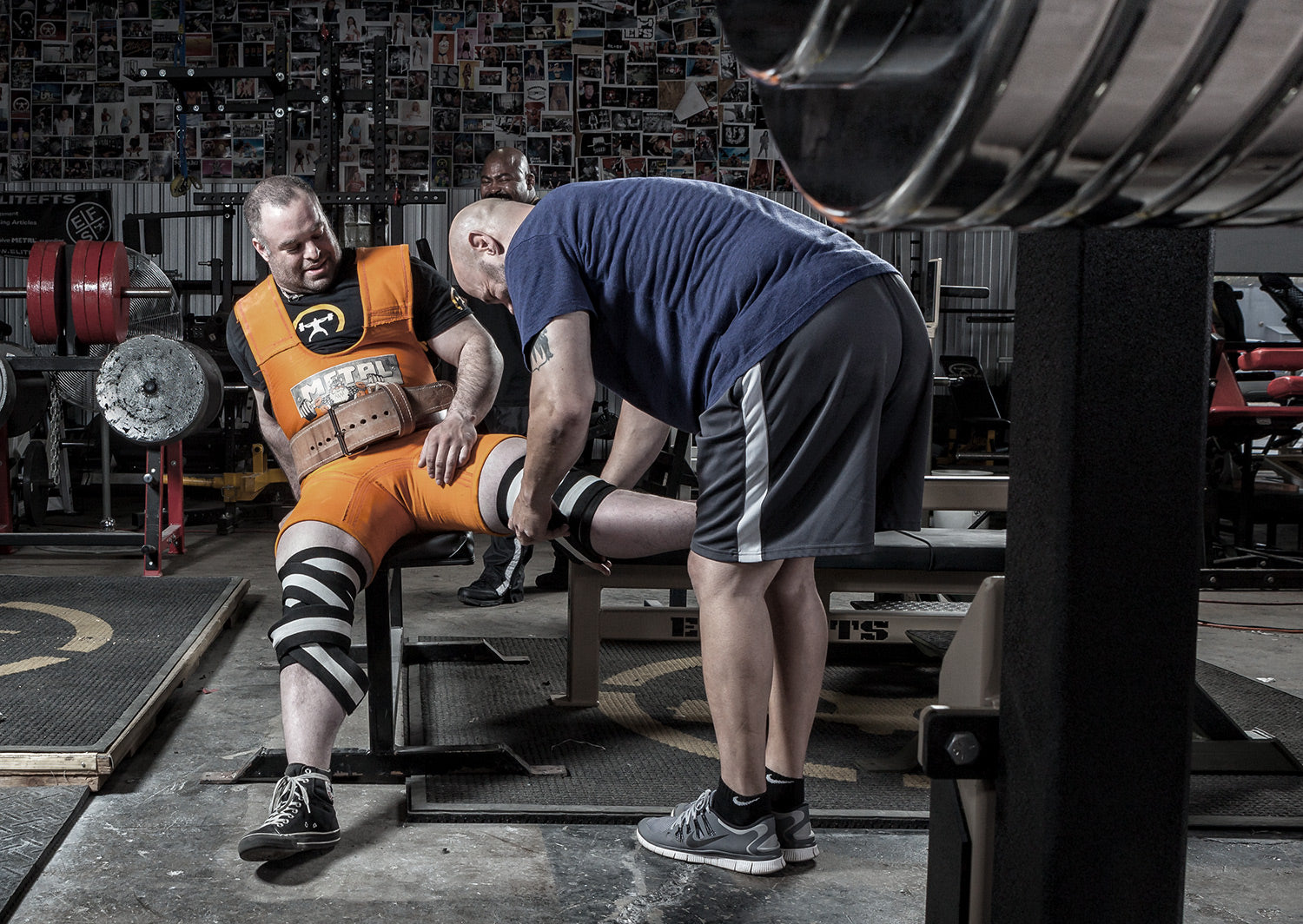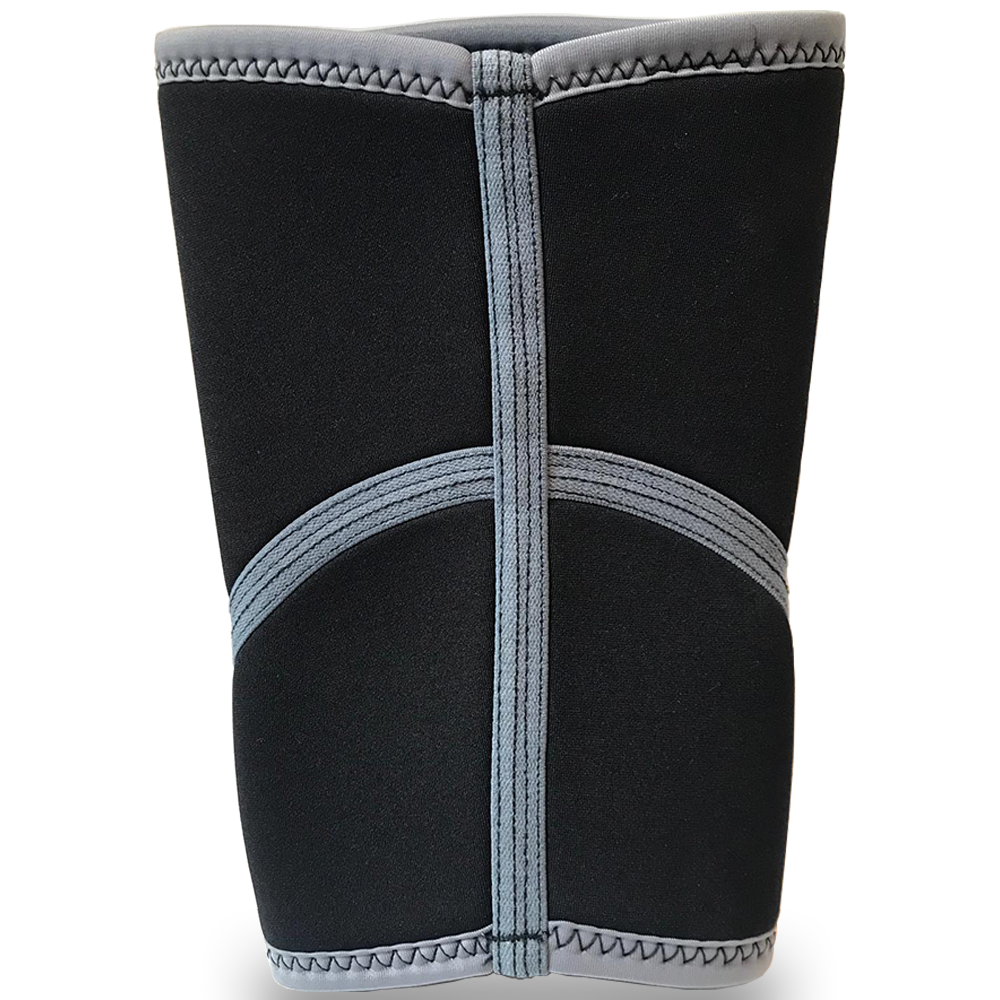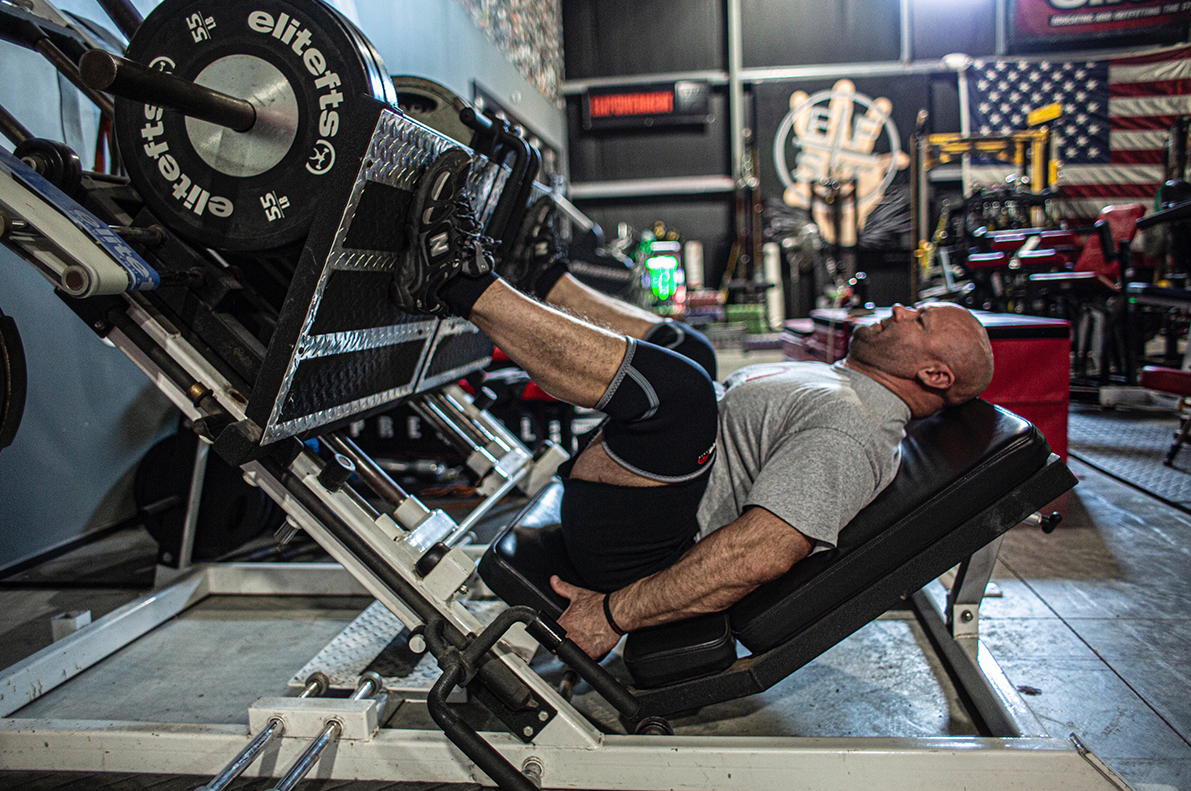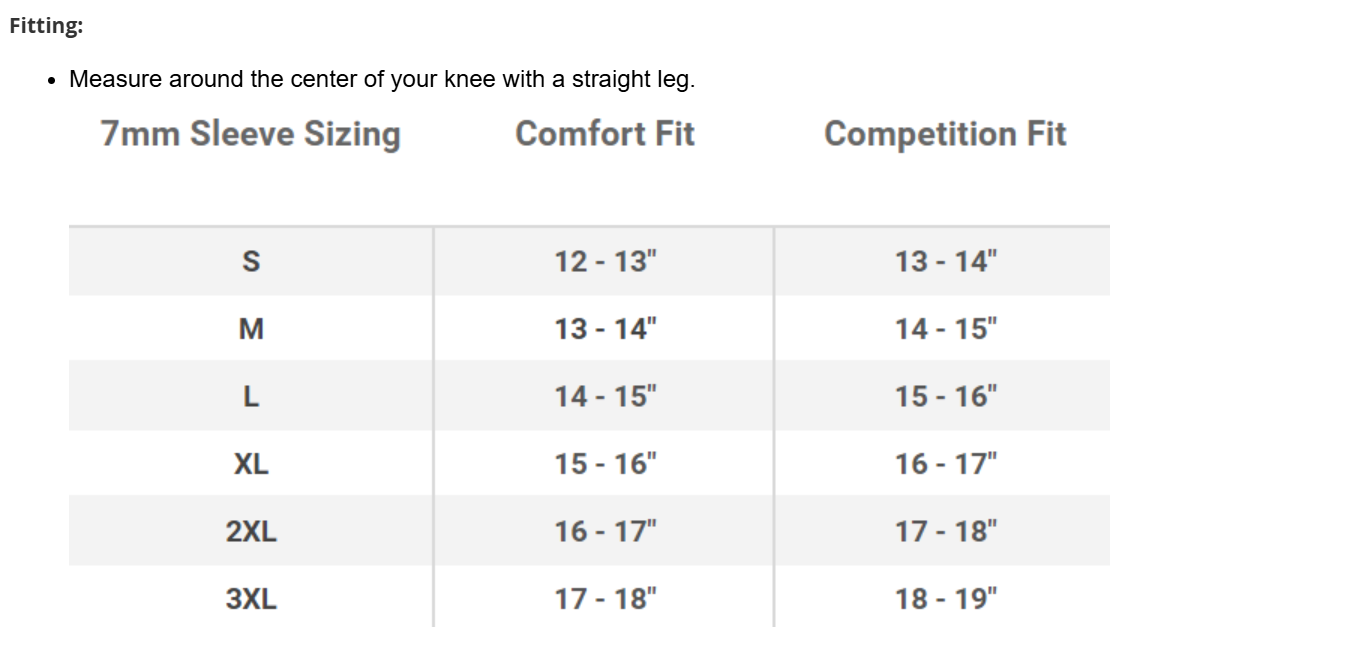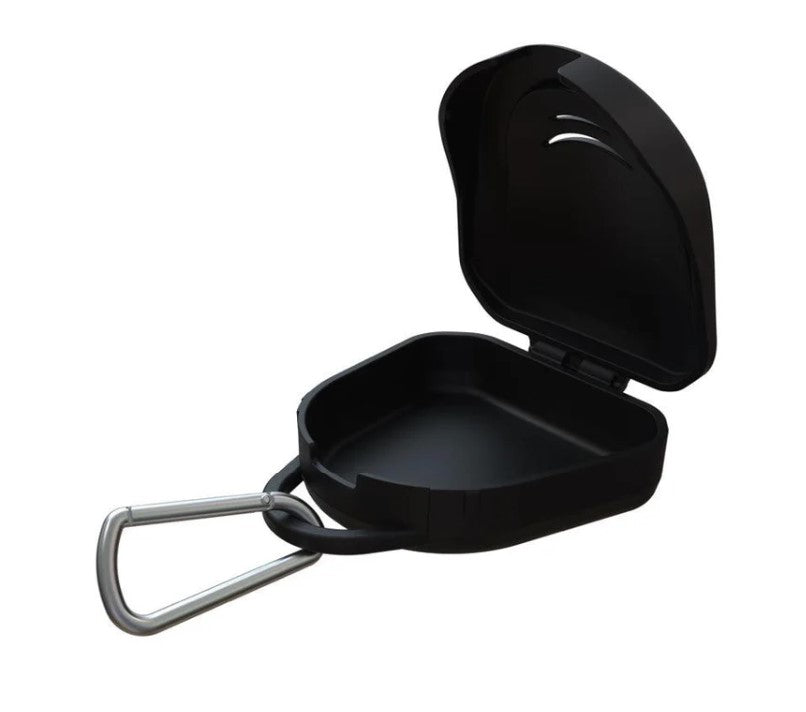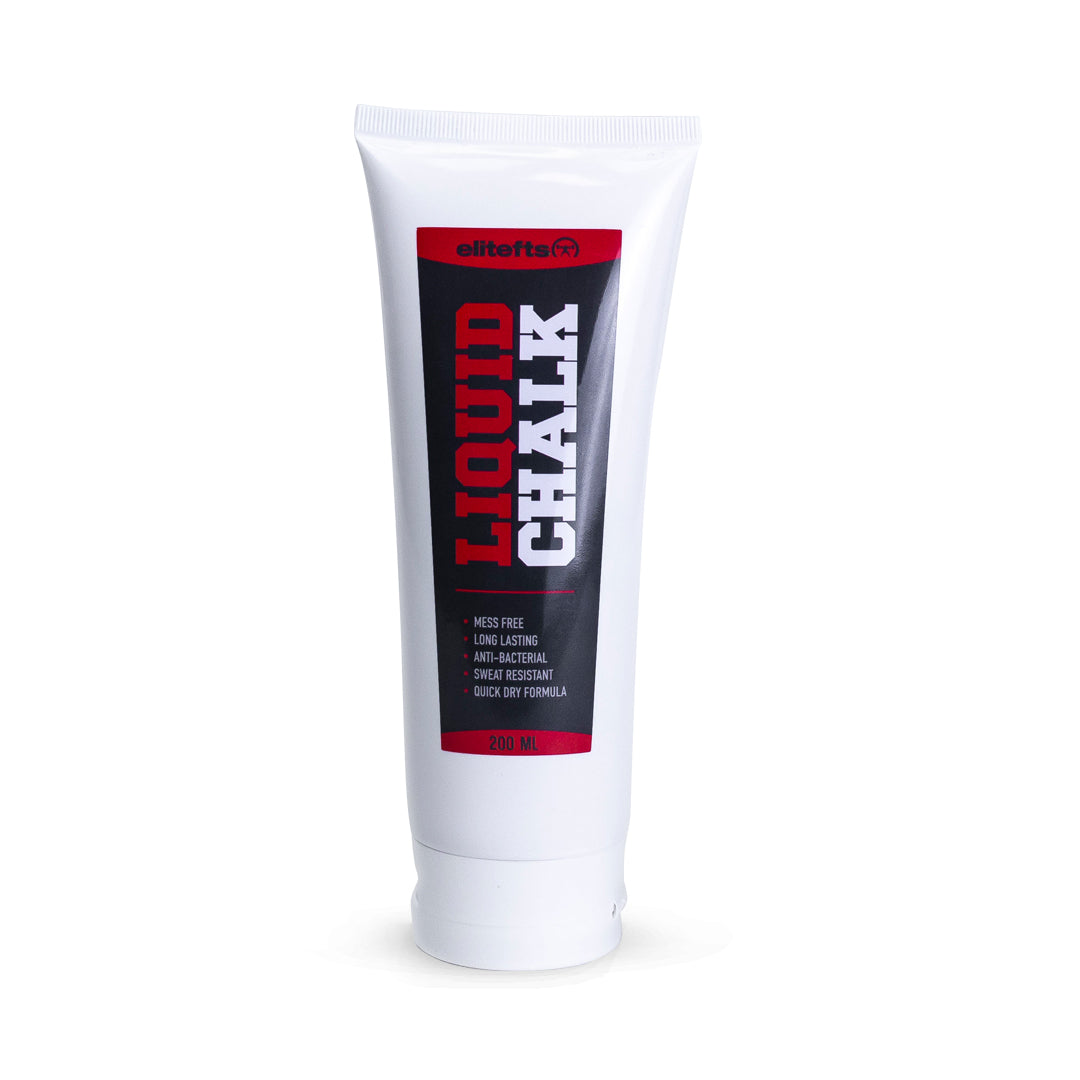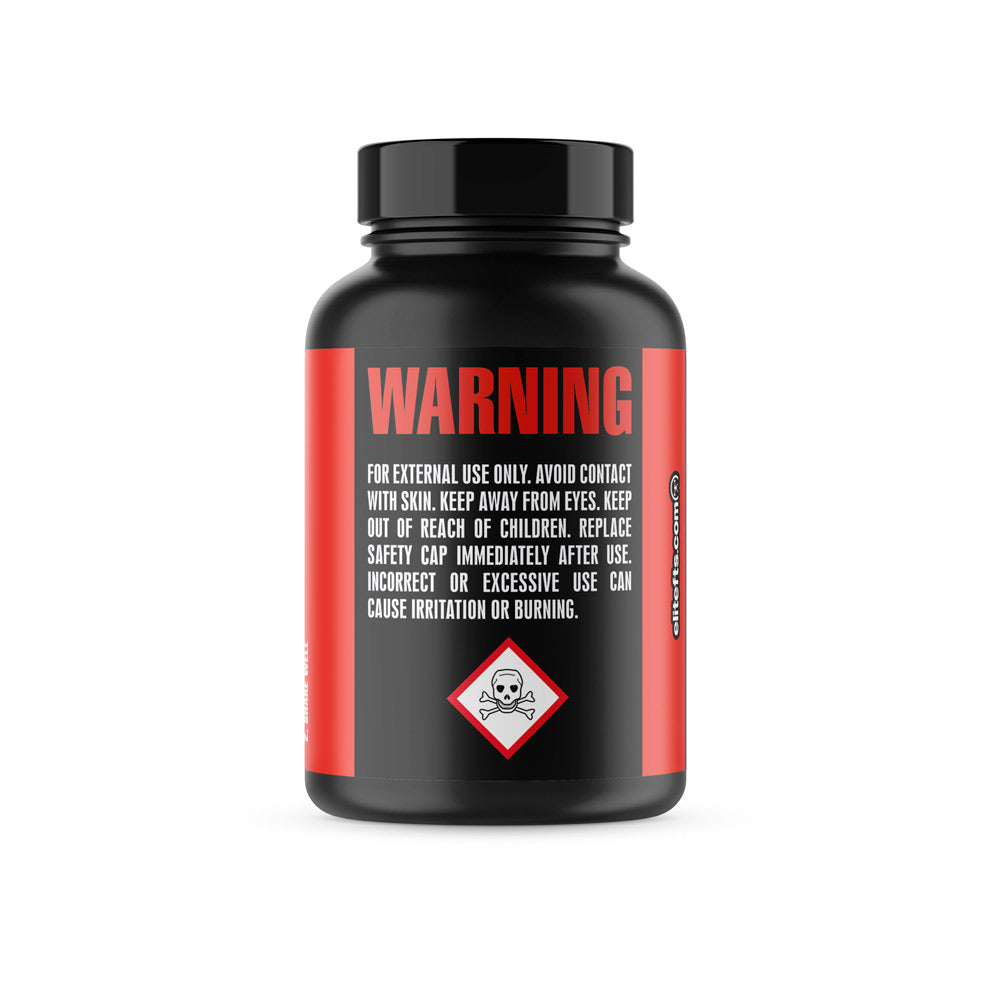From Dave Tate’s Table Talk Podcast, Episode 351
By Dave Tate
When Dan Green talks training, you don’t get theory from a textbook — you get two decades of trial, error, adaptation, and winning.
In Episode 351 of Table Talk, we sat down for his first return in years. This wasn’t just a friendly catch-up; it became a masterclass on longevity, technique, and mindset. Dan has stayed relevant in powerlifting long after most of his peers have hung up the belt — and he’s done it while running a gym, raising four kids, and rebuilding after injuries that would have ended most careers.
"You might be right, but that’s not going to be me."
— Dan Green, on Louie Simmons’ claim that raw lifters last only 5–6 years.
Dan’s career is proof that talent alone isn’t enough. You must adjust your approach, outwork your weaknesses, and think long-term to keep hitting PRs when the easy progress is gone.
Here are the 10 most significant takeaways from our conversation — backed by Dan’s words and the hard lessons that forged them.
1. Longevity Requires Evolution
Louie Simmons once said that raw lifters only last five or six years before the wear and tear forces them out. Dan heard that when he was starting out, and it stuck with him — not as a warning, but as a challenge.
Nearly 20 years later, he’s still here because he’s never been afraid to evolve. Torn quads, torn biceps, elbow surgery, arthritis, hip impingement, nerve issues — each one forced him to change how he trains.
"If you don’t evolve, you won’t have a career that goes into each decade of your life."
Sometimes that evolution meant narrowing his stance to work around hip impingement. Sometimes it meant dropping competition lifts in favor of variations that kept him progressing without aggravating injuries. The constant? He never let the desire to stick to an old plan outweigh the need to keep moving forward.
Apply it: Audit your training every year. Are you holding onto exercises or setups that no longer fit your body? Adjust before injury forces your hand.
2. Downtime is an Advantage — If You Use It Right
Dan’s not afraid to take time off anymore. He sees downtime as part of the process, whether it’s injury recovery, family demands, or just stepping away from heavy training.
"I’m comfortable coming back when I’ve had to take downtime… I enjoy the process of building up."
The key is how you use the time:
-
Heal without rushing. Ramping up too quickly can erase months of recovery.
-
Refine your form. Coming back fresh is a chance to fix bad habits.
-
Reassess your plan. Life changes — training should, too.
When he tore his quad, Dan spent months focusing on the bench. When biceps surgery made him switch grips, he rebuilt from the ground up.
Apply it: If you’re forced out of your main lifts, double down on what you can train. Build new strengths that will carry over when you return.
3. Volume is the Foundation of Strength
"Volume is critical for building strength and hypertrophy. I keep it high, even when the main lifts get heavier."
Dan’s programming isn’t built solely on heavy singles. Even deep into meet prep, when the competition lifts get heavier and total reps drop, he maintains training volume with secondary movements.
Example:
-
In the squat, if heavy triples replace 5x5s, he adds paused high-bar squats or good mornings for 5x8 to build muscle in the legs and back.
-
On deadlift days, after top sets, he adds deficit pulls or stiff-leg deadlifts for multiple sets of 6–8.
Why? Because without enough total work, you lose size and capacity — the base that supports your peak strength.
Apply it: Track total weekly volume for each muscle group. Add accessory lifts to fill the gap if it crashes during a peaking phase.
4. Bench Like a Bodybuilder
"You don’t arch your way to a 600-pound bench. You have to get big."
Dan’s view is simple: benching is the most “bodybuilding” of the big three. Everyone he’s seen press over 600 pounds had huge chests, arms, shoulders, and backs.
That means:
-
Bench more often (two to three days a week).
-
Use higher-rep work for chest and triceps hypertrophy.
-
Rotate in variations like touch-and-go, partial reps, and wide-grip benching to overload the pecs.
He also rejects the idea that the best bar path is straight up and down. Driving the bar back toward the chest after the sticking point creates better leverage and engages the pecs more.
Apply it: Treat your bench training like a hybrid of powerlifting and bodybuilding. Build the muscle to support the lift — don’t just chase the perfect arch.
5. Technique is Individual
"I might tell one lifter to keep their head up and another to put it down — they’re at different ends of the spectrum."
Dan doesn’t give one-size-fits-all cues. He starts by assessing the lifter’s build, mobility, and sticking points and then adjusts bar placement, grip, and elbow position accordingly.
His own squat setup involves:
-
Bar placement that locks the upper body in.
-
Grip width that allows lat tightness without shoulder strain.
-
Wrist/elbow angles that prevent the bar from rolling forward.
Apply it: Stop copying every cue you hear. Figure out which ones solve your problems, and drop the rest.
6. Quads Drive Big Squats
"Once I started training the quads as a priority… I made years of continuous progress."
Early in his career, Dan’s squats were all hips and back. His quads weren’t strong enough to stay engaged out of the hole, so they quit early and left his back to do the work.
After watching Russian lifters and Sam Byrd crush massive squats with huge quads, he added:
-
A dedicated quad-focused squat day.
-
Front squats for volume.
-
Paused high-bar squats to train knee travel and quad tension.
The payoff was years of steady PRs — and a squat that no longer folded in the bottom.
Apply it: If you get pitched forward out of the hole, your quads might be the issue. Add direct quad work and high-bar or front squats to your week.
7. Deadlift Skill is Underrated
"Deadlift is the most dependent on skill… the best pullers can round strategically and still brace."
For Dan, the deadlift is the most technical of the big three. While the squat rewards a balance of size and skill, and the bench rewards size the most, the deadlift rewards precision.
He uses pause deadlifts to drill position:
-
Conventional: pause at the upper shin for three full seconds to hammer the lower back.
-
Sumo: pause just off the floor for one second to lock in the wedge position.
Apply it: Don’t just pull heavy from the floor. Use pauses to teach your body how to hit and hold strong positions under load.
8. Accessory Work Creates an Edge
"If you do the same thing as everyone else, the person with better genetics wins."
Dan wins by hammering lifts that other lifters avoid, but that directly carry over to his main lifts:
-
Front squats.
-
Stiff-leg deficit deadlifts.
-
Chest-supported rows.
He’s tested countless movements over the years, keeping only the 4–6 per lift that reliably improve his competition numbers.
Apply it: Find the variations that move your big lifts — then commit to them for years, not weeks.
9. Block Pulls Have a Place
"Just because you don’t understand it doesn’t mean it’s not valid."
Block pulls aren’t ego lifts if you program them with intent.
For sumo pullers, they teach hip loading under heavy weights.
For conventional lifters with bracing issues, they develop stability in stronger positions.
Apply it: Use block pulls to train positions you struggle to hit, not as a way to dodge weaknesses.
10. Train the Lower Back Twice a Week
"Lower back training is non-negotiable."
Dan’s lower back work isn’t about max pulling twice weekly — it’s about targeted, higher-rep work that builds position strength without frying recovery. His go-to? Stiff-leg deadlifts for 6–10 reps, twice a week.
For squat imbalances, he uses single-leg work like above-parallel Bulgarian split squats to re-engage a lagging glute without aggravating injuries.
Apply it: Treat your lower back like any other muscle group — train it with enough frequency and volume to grow.
Final Word
Dan Green’s blueprint isn’t built on trends or shortcuts. It’s built on four core truths:
-
Adapt when life changes.
-
Keep volume high year-round.
-
Master technique for your body.
-
Hammer the lifts others avoid.
Whether you’re chasing elite totals or just want another decade under the bar, his approach proves that smart, consistent training wins over time.
Listen to the full conversation: Dave Tate’s Table Talk Podcast, Episode 351 – Dan Green
Dan Green is one of the most accomplished powerlifters of his generation, known for setting multiple all-time world records in both the squat and total across weight classes. Founder of Boss Barbell Club in California, he’s recognized for his technical mastery, high-volume training style, and ability to adapt and thrive over nearly two decades in the sport.








